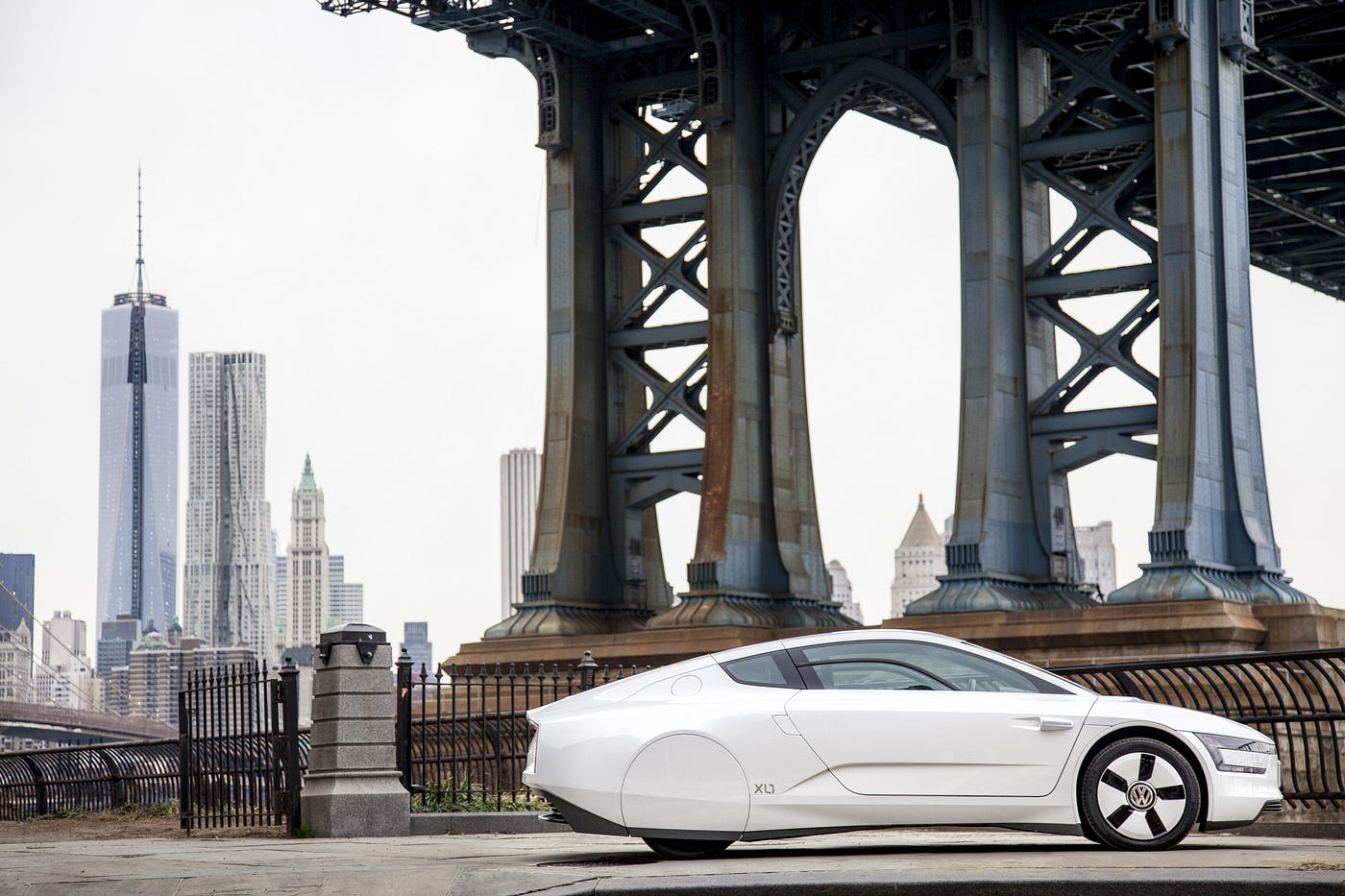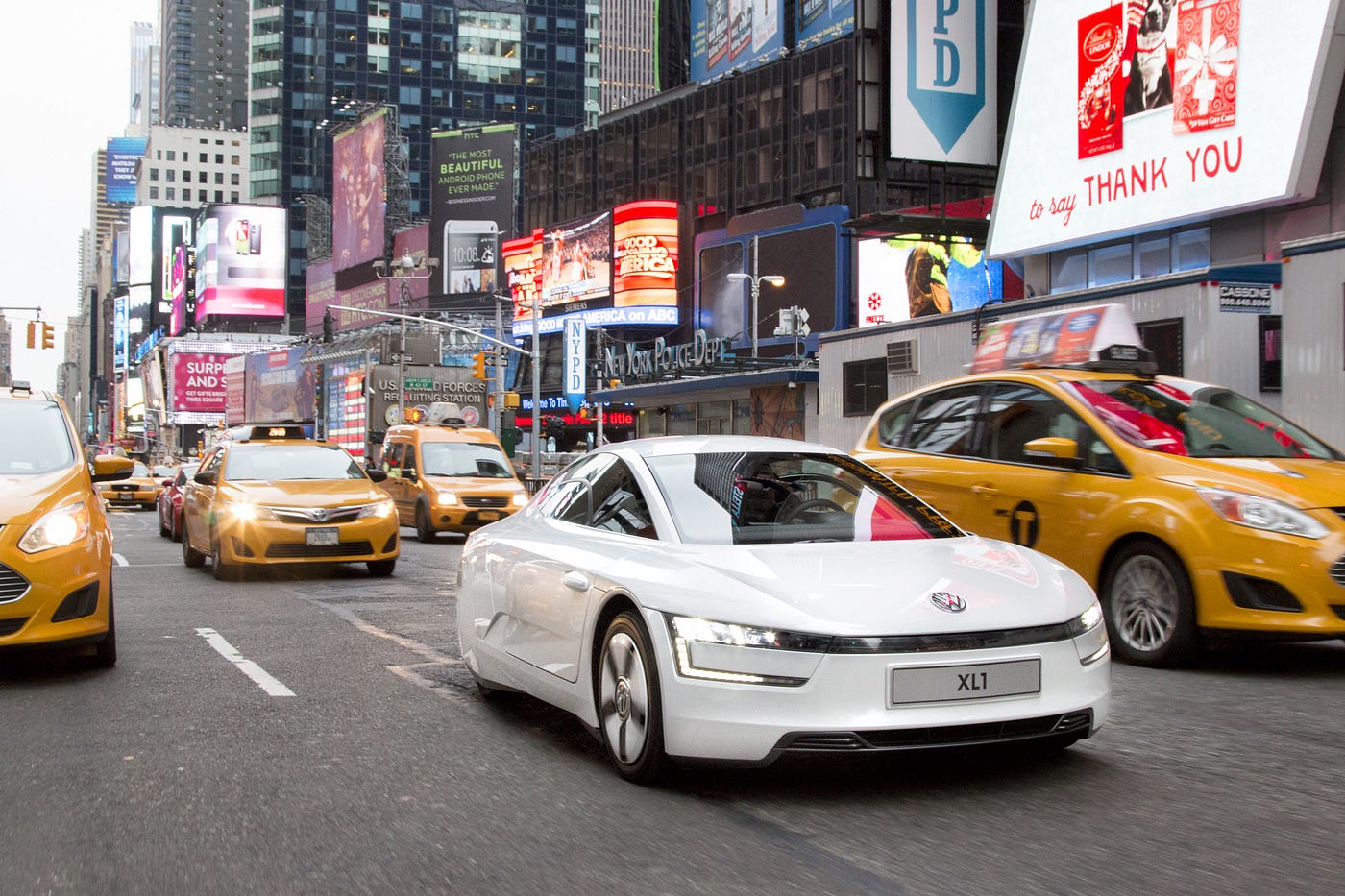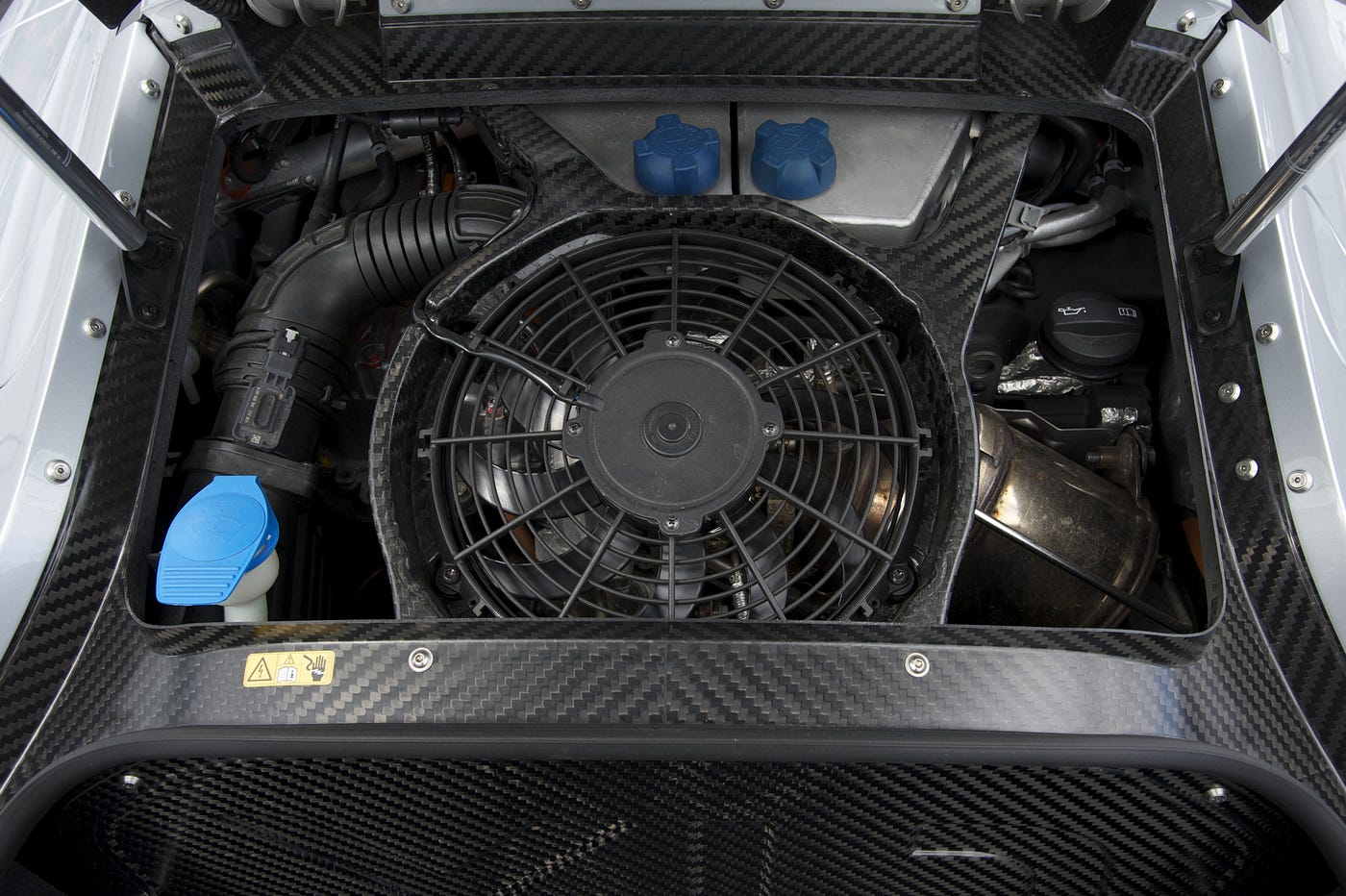Are lower pesticide residues a good reason to buy organic? Probably not.
September 24, 2012
Original link: http://blogs.scientificamerican.com/science-sushi/2012/09/24/pesticides-food-fears/
A lot of organic supporters are up in arms about the recent Stanford study that found no nutritional benefit to organic foods. Stanford missed the point, they say—it’s not about what organic foods have in them, it’s what they don’t. After all, avoidance of pesticide residues is the #1 reason why people buy organic foods.
Yes, conventional foods have more synthetic pesticide residues than organic ones, on average. And yes, pesticides are dangerous chemicals. But does the science support paying significantly more for organic foods just to avoid synthetic pesticides? No.
A Pesticide Is A Pesticide
I’m not saying that pesticides, herbicides, and insect repellants aren’t toxic. I certainly wouldn’t recommend drinking cocktails laced with insect-repelling chemicals, for without a doubt, they can be bad for you. Pesticide exposure has been linked to all kinds of diseases and conditions, from neurodegenerative diseases like Parkinson’s to cancer. What we do know, though, is that natural isn’t synonymous with harmless. As a 2003 review of food safety concluded, “what should be made clear to consumers is that ‘organic’ does not equal ‘safe’.”
I’ve said it before and I’ll say it again: there is nothing safe about the chemicals used in organic agriculture. Period. This shouldn’t be that shocking – after all, a pesticide is a pesticide. “Virtually all chemicals can be shown to be dangerous at high doses,” explain scientists, “and this includes the thousands of natural chemicals that are consumed every day in food but most particularly in fruit and vegetables.”
There’s a reason we have an abundance of natural pesticides: plants and animals produce tens of thousands of chemicals to try and deter insects and herbivores from eating them. Most of these haven’t been tested for their toxic potential, as the Reduced Risk Program of the US Environmental Protection Agency (EPA) applies to synthetic pesticides only. As more research is done into their toxicity, however, we find they are just as bad as synthetic pesticides, sometimes worse. Many natural pesticides have been found to be potential – or serious – health risks, including those used commonly in organic farming.
In head-to-head comparisons, natural pesticides don’t fare any better than synthetic ones. When I compared the organic chemicals copper sulfate and pyrethrum to the top synthetics, chlorpyrifos and chlorothalonil, I found that not only were the organic ones more acutely toxic, studies have found that they are more chronically toxic as well, and have higher negative impacts on non-target species.
My results match with other scientific comparisons. In their recommendations to Parliament in 1999, the Committee on European Communities noted that copper sulfate, in particular, was far more dangerous than the synthetic alternative. A review of their findings can be seen in the table on the right (from a recent review paper). Similarly, head to head comparisons have found that organic pesticides aren’t better for the environment, either.
Organic pesticides pose the same health risks as non-organic ones. No matter what anyone tells you, organic pesticides don’t just disappear. Rotenone is notorious for its lack of degradation, and copper sticks around for a long, long time. Studies have shown that copper sulfate, pyrethrins, and rotenone all can be detected on plants after harvest—for copper sulfate and rotenone, those levels exceeded safe limits. One study found such significant rotenone residues in olives and olive oil to warrant “serious doubts…about the safety and healthiness of oils extracted from drupes treated with rotenone.” Just like with certain synthetic pesticides, organic pesticide exposure has health implications—a study in Texas found that rotenone exposure correlated to a significantly higher risk of Parkinson’s disease. The increased risk due to Rotenone was five times higher than the risk posed by the synthetic alternative, chlorpyrifos. Similarly, the FDA has known for a while that chronic exposure to copper sulfate can lead to anemia and liver disease.
So why do we keep hearing that organic foods have fewer pesticide residues? Well, because they have lower levels of synthetic pesticide residues. Most of our data on pesticide residues in food comes from surveys like the USDA’s Pesticide Data Program (PDP). But the while the PDP has been looking at the residues of over 300 pesticides in foods for decades, rotenone and copper sulfate aren’t among the usual pesticides tested for—maybe, because for several organic pesticides, fast, reliable methods for detecting them were only developed recently. And, since there isn’t any public data on the use of organic pesticides in organic farming (like there is for conventional farms), we’re left guessing what levels of organic pesticides are on and in organic foods.
So, if you’re going to worry about pesticides, worry about all of them, organic and synthetic. But, really, should you worry at all?
You Are What You Eat? Maybe Not.
We know, quite assuredly, that conventionally produced foods do contain higher levels of synthetic chemicals. But do these residues matter?
While study after study can find pesticide residues on foods, they are almost always well below safety standards. Almost all pesticides detected on foods by the USDA and independent scientific studies are at levels below 1% of the Acceptable Daily Intake (ADI) set by government regulators. This level isn’t random – the ADI is based on animal exposure studies in a wide variety of species. First, scientists give animals different amounts of pesticides on a daily basis throughout their lifetimes and monitor those animals for toxic effects. Through this, they determine the highest dose at which no effects can be found. The ADI is then typically set 100 times lower than that level. So a typical human exposure that is 1% of the ADI is equivalent to an exposure 10,000 times lower than levels that are safe in animal models.
Systematic reviews of dietary pesticide exposure all come to the same conclusion: that typical dietary exposure to pesticide residues in foods poses minimal risks to humans. As the book Health Benefits of Organic Food explains, “while there is some evidence that consuming organic produce will lead to lower exposure of pesticides compared to the consumption of conventional produce, there is no evidence of effect at contemporary concentrations.” Or, as a recent review states, “from a practical standpoint, the marginal benefits of reducing human exposure to pesticides in the diet through increased consumption of organic produce appear to be insignificant.”
Reviews of the negative health effects of pesticides find that dangerous exposure levels don’t come from food. Instead, non-dietary routes make for the vast majority of toxin exposures, in particular the use of pesticides around the home and workplace. A review of the worldwide disease burden caused by chemicals found that 70% can be attributed to air pollution, with acute poisonings and occupational exposures coming in second and third. Similarly, studies have found that indoor air concentrations of pesticides, not the amount on foodstuffs, correlate strongly to the amount of residues found in pregnant women (and even still, there was no strong correlation between exposure and health effects). Similarly, other studies have found that exposures to toxic pyrethroids come primarily from the environment. Children on organic diets routeinely had pyrethroids in their systems, and the organic group actually had higher levels of several pyrethroid metabolites than the conventional one. In other words, you have more to fear from your home than from your food.
Your home probably contains more pesticides than you ever imagined. Plastics and paints often contain fungicides to prevent mold—fungi that, by the way, can kill you. Your walls, carpets and floors also contain pesticides. Cleaning products and disenfectants contains pesticides and fungicides so they can do their job. Ever used an exterminator to get rid of mice, termites, fleas or cockroaches? That stuff can linger for months. Step outside your house, and just about everything you touch has come in contact with a pesticide. Insecticides are used in processing, manufacturing, and packaging, not to mention that even grocery stores use pesticides to keep insects and rodents at bay. These chemicals are all around you, every day, fighting off the pests that destroy our buildings and our food. It’s not surprising that most pesticide exposures doesn’t come from your food.
That said, there are some studies that have found a link between diet and exposure to specific pesticides, particularly synthetic organophosphorus pesticides. Lu et al. found that switching children from a conventional food diet to an entirely organic one dropped the urinary levels of specific metabolites for malathion and chlorpyrifos to nondetectable levels in a matter of days. But, it’s important to note that even the levels they detected during the conventional diet are three orders of magnitude lower than the levels needed in animal experiments to cause neurodevelopmental or other adverse health effects.
While it might seem that decreasing exposure to pesticides in any way could only be good for you, toxicologists would differ. Contrary to what you might think, lower exposure isn’t necessarily better. It’s what’s known as hormesis, or a hormetic dose response curve. There is evidence that exposure to most chemicals at doses significantly below danger thresholds, even pesticides, is beneficial when compared to no exposure at all. Why? Perhaps because it kick starts our immune system. Or, perhaps, because pesticides activate beneficial biological pathways. For most chemicals, we simply don’t know. What we do know is that data collected from 5000 dose response measurements (abstracted from over 20,000 studies) found that low doses of many supposedly toxic chemicals, metals, pesticides and fungicides either reduced cancer rates below controls or increased longevity or growth in a variety of animals. So while high acute and chronic exposures are bad, the levels we see in food that are well below danger thresholds may even be good for us. This isn’t as surprising as you might think—just look at most pharmaceuticals. People take low doses of aspirin daily to improve their heart health, but at high chronic doses, it can cause anything from vomiting to seizures and even death. Similarly, a glass of red wine every day might be good for you. But ten glasses a day? Definitely not.
No Need To Fear
To date, there is no scientific evidence that eating an organic diet leads to better health.
What of all those studies I just mentioned linking pesticides to disorders? Well, exactly none of them looked at pesticides from dietary intake and health in people. Instead, they involve people with high occupational exposure (like farmers who spray pesticides) or household exposure (from gardening, etc). Judging the safety of dietary pesticide intake by high exposures is like judging the health impacts of red wine based on alcoholics. A systematic review of the literature found only three studies to date have looked at clinical outcomes of eating organic – and none found any difference between an organic and conventional diet. My question is: if organic foods are so much healthier, why aren’t there any studies that show people on an organic diet are healthier than people eating conventionally grown produce instead?
More to the point, if conventional pesticide residues on food (and not other, high exposure routes) are leading to rampant disease, we should be able to find evidence of the connection in longitudinal epidemiological studies—but we don’t. The epidemiological evidence for the danger of pesticide residues simply isn’t there.
If dietary exposure to pesticides was a significant factor in cancer rates, we would expect to see that people who eat more conventionally grown fruits and vegetable have higher rates of cancer. But instead, we see the opposite. People who eat more fruits and vegetables have significantly lower incidences of cancers, and those who eat the most are two times less likely to develop cancer than those who eat the least. While high doses of pesticides over time have been linked to cancer in lab animals and in vitro studies, “epidemiological studies do not support the idea that synthetic pesticide residues are important for human cancer.” Even the exposure to the persistent and villainized pesticide DDT has not been consistently linked to cancer. As a recent review of the literature summarized, “no hard evidence currently exists that toxic hazards such as pesticides have had a major impact on total cancer incidence and mortality, and this is especially true for diet-related exposures.”
The closest we have to studying the effects of diet on health are studies looking at farmers. However, farmers in general have high occupational pesticide exposures, and thus it’s impossible to tease out occupational versus dietary exposure. Even still, in this high-risk group, studies simply don’t find health differences between organic and conventional farmers. A UK study found that conventional farmers were just as healthy as organic ones, though the organic ones were happier. Similarly, while test-tube studies of high levels of pesticides are known to cause reproductive disorders, a comparison of sperm quality from organic and conventional farmers was unable to connect dietary intake of over 40 different pesticides to any kind of reproductive impairment. Instead, the two groups showed no statistical difference in their sperm quality.
In a review of the evidence for choosing organic food, Christine Williams said it simply: “There are virtually no studies of any size that have evaluated the effects of organic v. conventionally-grown foods.” Thus, she explains, “conclusions cannot be drawn regarding potentially beneficial or adverse nutritional consequences, to the consumer, of increased consumption of organic food.”
“There is currently no evidence to support or refute claims that organic food is safer and thus, healthier, than conventional food, or vice versa. Assertions of such kind are inappropriate and not justified,” explain scientists. Neither organic nor conventional food is dangerous to eat, they say, and the constant attention to safety is unwarranted. Worse, it does more harm than good. The scientists chastise the media and industry alike for scaremongering tactics, saying that “the selective and partial presentation of evidence serves no useful purpose and does not promote public health. Rather, it raises fears about unsafe food.”
Furthermore, the focus on pesticides is misleading, as pesticide residues are the lowest food hazard when it comes to human health (as the figure from the paper on the right shows). They conclude that as far as the scientific evidence is concerned, “it seems that other factors, if any, rather than safety aspects speak in favor of organic food.”
If you don’t want to listen to those people or me, listen to the toxicologists, who study this stuff for a living. When probed about the risk that different toxins pose, over 85% rejected the notion that organic or “natural” products are safer than others. They felt that smoking, sun exposure and mercury were of much higher concern than pesticides. Over 90% agreed that the media does a terrible job of reporting the about toxic substances, mostly by overstating the risks. They slammed down hard on non-governmental organizations, too, for overstating risk.
What’s in a Name?
There’s good reason we can’t detect differences between organic and conventional diets: the labels don’t mean that much. Sure, organic farms have to follow a certain set of USDA guidelines, but farm to farm variability is huge for both conventional and organic practices. As a review of organic practices concluded: “variation within organic and conventional farming systems is likely as large as differences between the two systems.”
The false dichotomy between conventional and organic isn’t just misleading, it’s dangerous. Our constant attention to natural versus synthetic only causes fear and distrust, when in actuality, our food has never been safer. Eating less fruits and vegetables due to fear of pesticides or the high price of organics does far more harm to our health than any of the pesticide residues on our food.
Let me be clear about one thing: I’m all for reducing pesticide use. But we can’t forget that pesticides are used for a reason, too. We have been reaping the rewards of pesticide use for decades. Higher yields due to less crop destruction. Safer food because of reduced fungal and bacterial contamination. Lower prices as a result of increased supply and longer shelf life. Protection from pests that carry deadly diseases. Invasive species control, saving billions of dollars in damages—and the list goes on. Yes, we need to manage the way we use pesticides, scrutinize the chemicals involved and monitor their effects to ensure safety, and Big Ag (conventional and organic) needs to be kept in check. But without a doubt, our lives have been vastly improved by the chemicals we so quickly villainize.
If we want to achieve the balance between sustainability, production outputs, and health benefits, we have to stop focusing on brand names. Instead of emphasizing labels, we need to look at different farming practices and the chemicals involved and judge them independently of whether they fall under organic standards.
In the meantime, buy fresh, locally farmed produce, whether it’s organic or not; if you can talk to the farmers, you’ll know exactly what is and isn’t on your food. Wash it well, and you’ll get rid of most of whatever pesticides are on there, organic or synthetic. And eat lots and lots of fruits and vegetables—if there is anything that will improve your health, it’s that.
Before you say otherwise and get mad at me for mentioning it, rotenone is currently a USDA approved organic pesticide. It was temporarily banned, but reapproved in 2010. Before it was banned, it was the most commonly used organic pesticide, and now—well, without public data on pesticide use on organic farms, we have no idea how much it is being used today.
Food picture from FreeFoto.Com
About the Author: Christie Wilcox is a science writer and blogger who moonlights as a PhD student in Cell and Molecular Biology at the University of Hawaii. Follow on Google+. Follow on Twitter @NerdyChristie.



